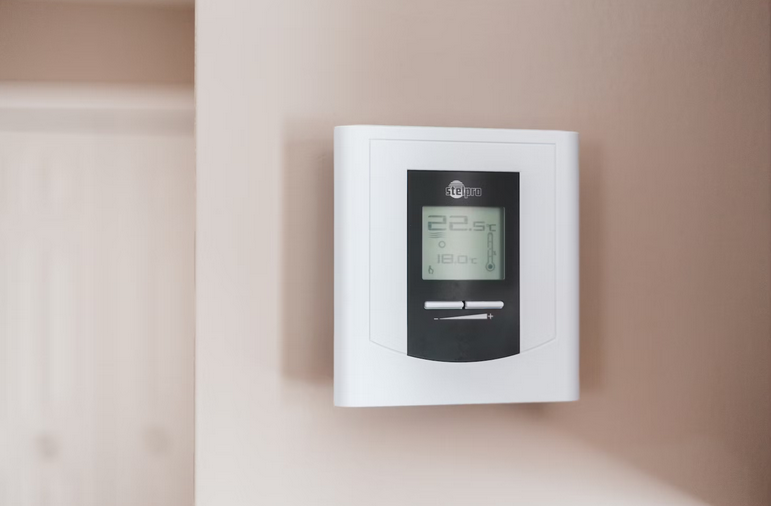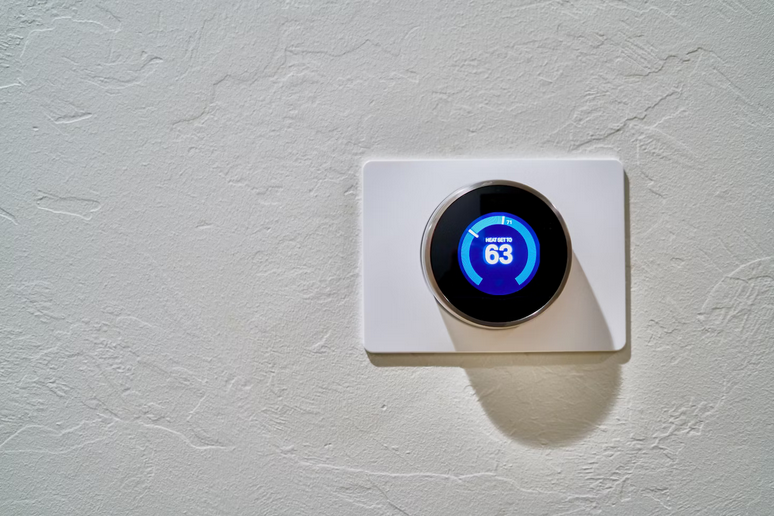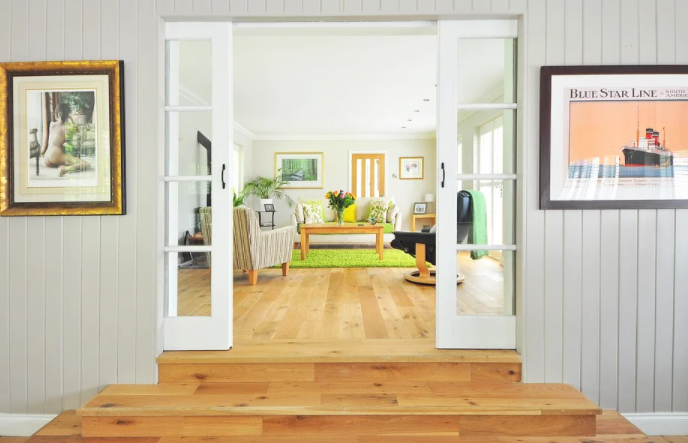
Welcome to our comprehensive guide on choosing the perfect home heating system! With winter just around the corner, there’s no better time to ensure your cozy haven is equipped with a reliable and efficient heating solution. Whether you’re a first-time homeowner or looking to upgrade your current system, we’ve got you covered. Join us as we explore various options, delve into their pros and cons, and help you make an informed decision that will keep you warm all season long.
Assessing Your Heating Needs

Before diving into the world of heating systems, it’s essential to understand your home’s heating requirements. Factors such as the size of your home, insulation quality, and regional climate play pivotal roles in determining the right system. Conduct a thorough assessment to calculate the British Thermal Units (BTUs) needed to heat your living space efficiently. This foundational step ensures that you choose a system that isn’t overpowered, leading to unnecessary energy expenses, or underpowered, resulting in a chilly home. Websites like Bauemotion detail more about this process and offer handy calculators to assist you in computing BTUs.
Installing Furnace or Boiler
Two primary types of heating systems dominate the market: furnaces and boilers. Furnaces circulate warm air through ducts, while boilers distribute heat through radiators or underfloor pipes. Each system has its advantages and drawbacks. Furnaces are typically more cost-effective upfront, but boilers offer zoned heating and can be more energy-efficient in the long run. Consider your home’s layout, existing infrastructure, and personal preferences when deciding between these two foundational options.
Exploring Alternative Options
 For the environmentally conscious homeowner, solar and geothermal heating systems offer sustainable alternatives. Solar heating harnesses energy from the sun through collectors, converting it into usable heat for your home. Geothermal systems, on the other hand, tap into the Earth’s stable temperature below the surface.
For the environmentally conscious homeowner, solar and geothermal heating systems offer sustainable alternatives. Solar heating harnesses energy from the sun through collectors, converting it into usable heat for your home. Geothermal systems, on the other hand, tap into the Earth’s stable temperature below the surface.
While these options boast low operating costs and minimal environmental impact, they require substantial upfront investments. Carefully evaluate your budget, available space, and commitment to sustainability before opting for these innovative solutions.
Embracing Energy Efficiency With Heat Pumps
For those seeking an eco-friendly and energy-efficient solution, heat pumps are gaining popularity. These systems extract heat from the air or ground and transfer it into your home, acting as both heating and cooling systems. While the upfront cost might be higher, the long-term savings on energy bills and reduced environmental impact make heat pumps a compelling choice. However, their effectiveness can be influenced by climate, so it’s crucial to assess whether they align with your local weather conditions.
Understanding Efficiency Ratings

Efficiency ratings, such as Annual Fuel Utilization Efficiency (AFUE) for furnaces and Seasonal Energy Efficiency Ratio (SEER) for heat pumps, provide valuable insights into a system’s performance. A higher AFUE or SEER indicates better efficiency, translating to lower energy consumption and reduced operating costs over time. Prioritize systems with high-efficiency ratings to ensure optimal performance and a smaller ecological footprint.
Selecting the right home heating system is a multifaceted decision that involves considering your heating needs, budget constraints, and environmental impact. Whether you opt for a traditional furnace, a modern heat pump, or an innovative solar or geothermal solution, thorough research and a clear understanding of your priorities are paramount. By embracing energy efficiency, assessing alternative options, and understanding efficiency ratings, you can make an informed decision that not only keeps your home warm but also aligns with your values.…





